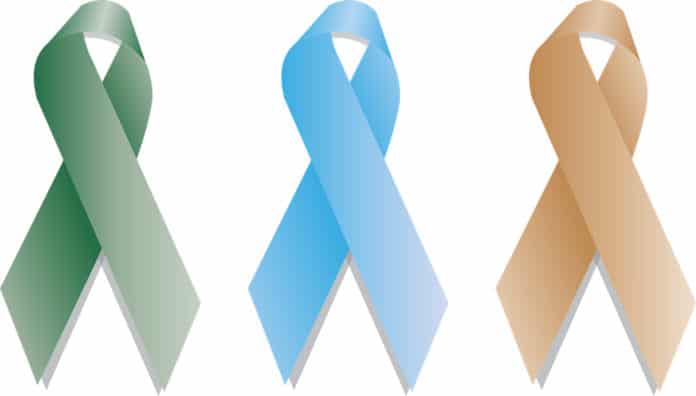Neuroblastoma is cancer that develops from immature nerve cells found in several areas of the body. Often found in children, cancer grows aggressively and difficult to treat.
Even after receiving the treatment, most children who die with the high-risk disease die within five years of diagnosis, while those who survive are often left with severe long-term health effects.
Scientists in this new study aimed to find better ways to treat this disease and improve that survival rate.
A new study at Children’s Cancer Institute, a combination of therapies- CBL0137 and panobinostat- is highly effective against high-risk neuroblastoma and other forms of aggressive childhood cancer.
CBL0137 is a compound called a curaxin, structurally similar to antimalarial drugs. On the other hand, Panobinostat is a new type of compound known as a histone deacetylase inhibitor.
Scientists determined if these two therapies could work synergistically when used together.
They found that both therapies work effectively together and inhibit the growth of cancer cells in culture and in mice bred to develop human high-risk neuroblastoma. In addition, the therapies also jointly increase the body’s immune response to cancer.
Professor Michelle Haber AM, a senior author on the paper and co-head of the Molecular Targets and Cancer Therapeutics theme at Children’s Cancer Institute, said, “In our experiments, we found that the combination of CBL0137 and panobinostat resulted in remarkable growth suppression and a tumor-specific immune response. This is very encouraging because ideally, you want a cancer treatment to specifically target cancer cells and leave healthy cells unharmed, reducing the problem of side effects.”
Dr. Lin Xiao, joint first author and Research Officer in the Experimental Therapeutics Group at the Institute, added, “When we used these two compounds together in mice with high-risk neuroblastoma, we saw complete and lasting tumor regression, with minimal ill-effects on the mice. Our results suggest that this combination could work well as a type of immunotherapeutic approach to treating high-risk neuroblastoma.”
In another trial at Children’s Cancer Institute, scientists found that these therapies work well in treating other high-risk childhood cancers, including some forms of brain cancer.
Journal Reference:
- Lin Xiao et al. Dual targeting of chromatin stability by the curaxin CBL0137 and histone deacetylase inhibitor panobinostat shows significant preclinical efficacy in neuroblastoma. DOI: 10.1158/1078-0432.CCR-20-2357
